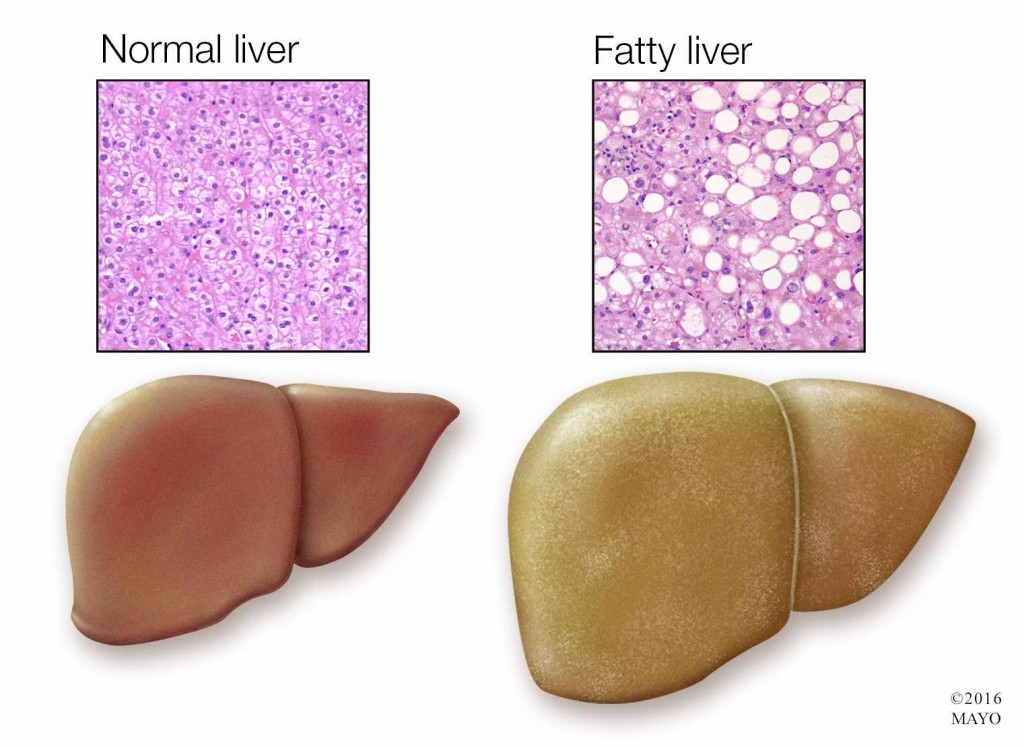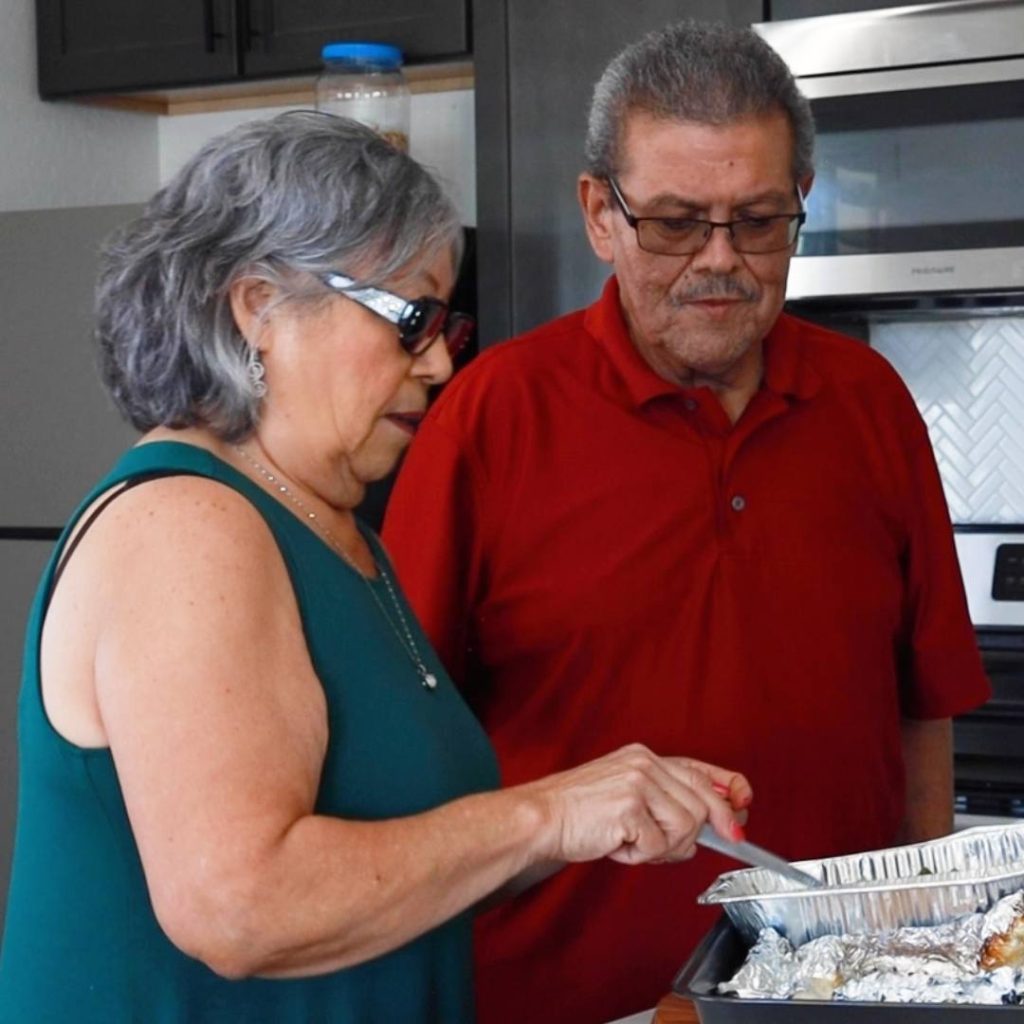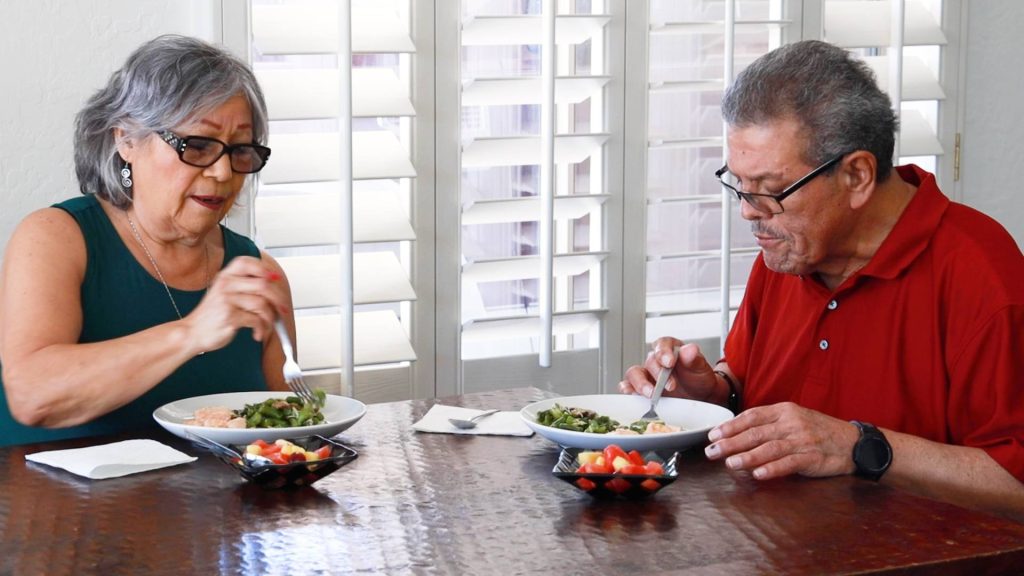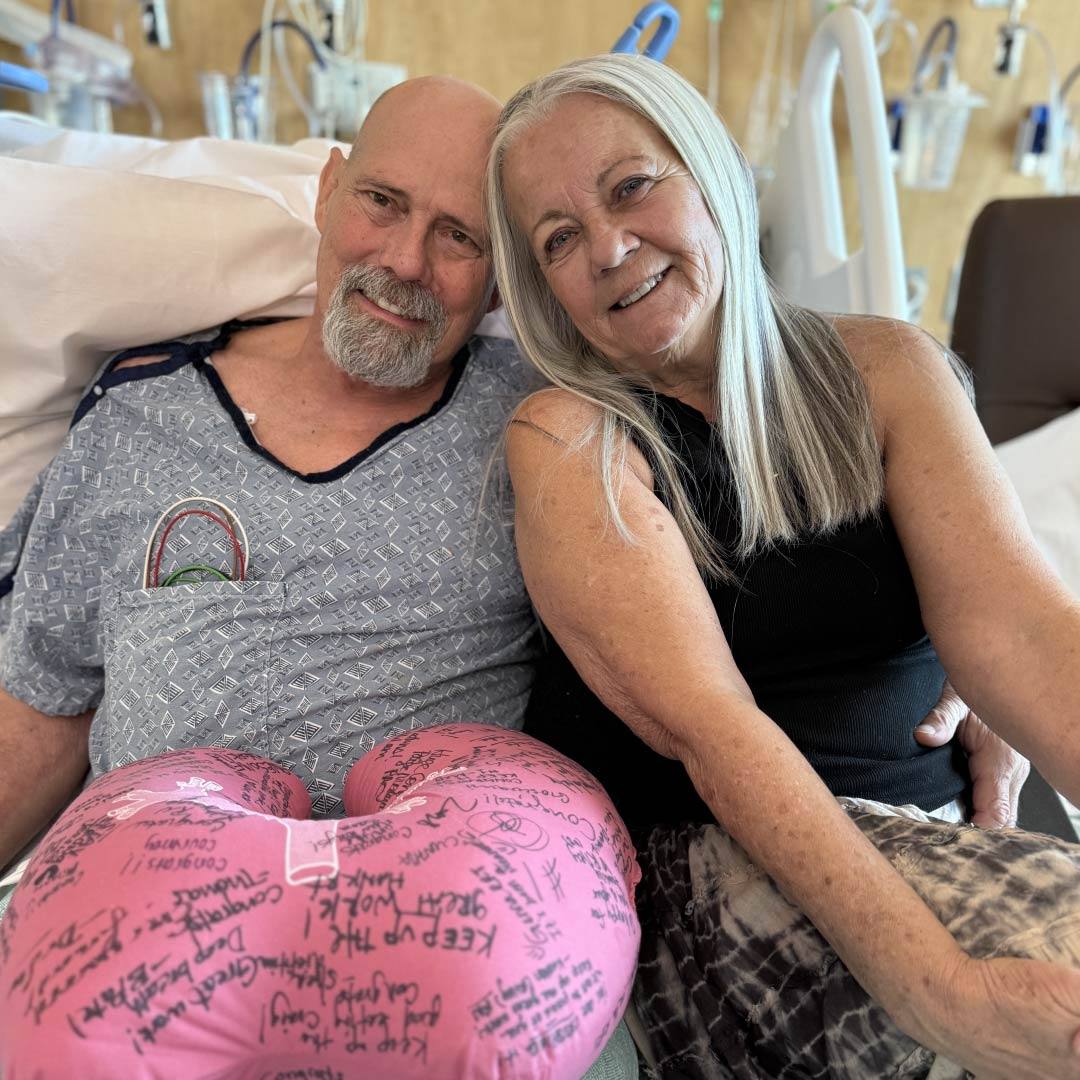
Juan and Gisela Silva have a lot to smile about these days.
One reason why, they are back to enjoying home-cooked meals together.
"Oh man, I can eat more now," says Juan. "Before I didn't want to eat anything because it would mess up my stomach and stuff because something wasn't working right."
That led Juan to his doctor's office where a series of tests revealed he had late-stage liver disease.
Watch: The silent liver disease that's on the rise among Hispanics and children
Journalists: Broadcast-quality video is in the downloads at the end of this post (2:37) Please courtesy: "Mayo Clinic News Network." Read the script
Nonalcoholic fatty liver disease (NAFLD)
"They told me I had liver cirrhosis," says Juan. "Nobody has ever told me that. They also said I needed a liver transplant, and quick."
Cirrhosis is often caused by long-term, chronic use of alcohol. However, like in Juan's case, people who consume little, or even no alcohol, can develop cirrhosis. Many, like Juan, unknowingly live with a condition called nonalcoholic fatty liver disease (NAFLD), which can lead to a more severe, aggressive condition called nonalcoholic steatohepatitis (NASH). In patients with NASH, the liver becomes inflamed and can progress to advanced scarring (cirrhosis) and liver failure. "I was never a big drinker," says Juan. "Maybe I would have a beer every once in a while. This came as such a surprise to me. I never expected this."

Nonalcoholic fatty liver disease (NAFLD) is the most common chronic liver disease in the world. NAFLD is a buildup of extra fat in the liver that is not caused by alcohol use. In the U.S. alone, approximately 75-100 million people, are affected by NAFLD, and rates are rising. Among those most impacted, according to experts, are people like Juan, who are Hispanic.
"We know that Hispanics have a genetic predisposition to develop fatty liver disease, specifically people from Mexico, compared to other countries from Latin America," says Dr. Blanca Lizaola-Mayo, medical director of the Liver Transplant Center in Arizona. "There is a report of 48% of the U.S. Hispanic population that has fatty liver disease, meaning that almost half of the Hispanics who live in the United States have metabolic syndrome and fatty liver disease, and many of them don't even know that they have it."

The silent disease
Nonalcoholic fatty liver disease is referred to as a "silent disease" because often there are no symptoms. However, as the disease progresses, symptoms may include feeling weak, loss of appetite, and nausea. Juan admits to experiencing some of these symptoms but didn't think it was anything serious. "Sometimes I would feel tired and sleep a lot," says Juan. "I could only eat a little bit. Eventually, I just wasn't feeling myself anymore."
NAFLD is also on the rise among children. It is currently the most common liver disease in children in the U.S., affecting an estimated 8 million children and adolescents. Risk factors include obesity, high cholesterol, insulin resistance, and high blood sugar levels. "We believe that this is related to the lack of exercise and physical activity," says Dr. Lizaola-Mayo. "We're seeing more kids watching TV, playing video games, instead of being outside playing. And also their diet is super important."

Prevention
To protect against nonalcoholic fatty liver disease, experts recommend maintaining a healthy weight, eating a healthy diet, and getting regular exercise. Risk factors include obesity, high cholesterol, diabetes and high blood pressure. Experts say if caught early, lifestyle changes alone can control or even reverse the fat buildup in the liver. A blood test at your doctor's office to check liver enzyme levels can help determine your risk level. Further testing may be needed to determine your diagnosis.
Juan ended up getting a liver transplant. Now he's feeling great. He and Gisela are sticking to a healthy diet, including lots of fruits and vegetables. Juan is grateful his disease was caught in time, and also for the donor who gave him the gift of life.
"I want to thank them. I am thankful that people donate," says Juan. "I'm a donor, too. It would be great for people to accept and to donate their organs, and I want to thank the family for doing it."

Related articles:
- The rising tide of nonalcoholic fatty liver disease
- Mayo Clinic Q and A: How to manage symptoms of liver disease
- Mayo Clinic Minute: Why more liver donors are needed
- Mayo Clinic Minute: ‘Liver in a box’ is saving lives with new technology







